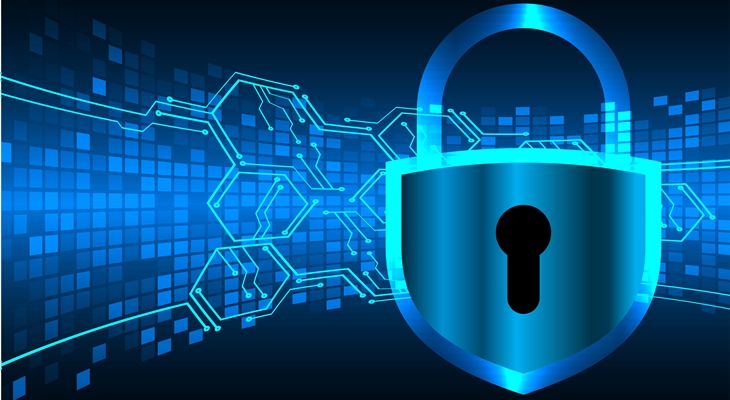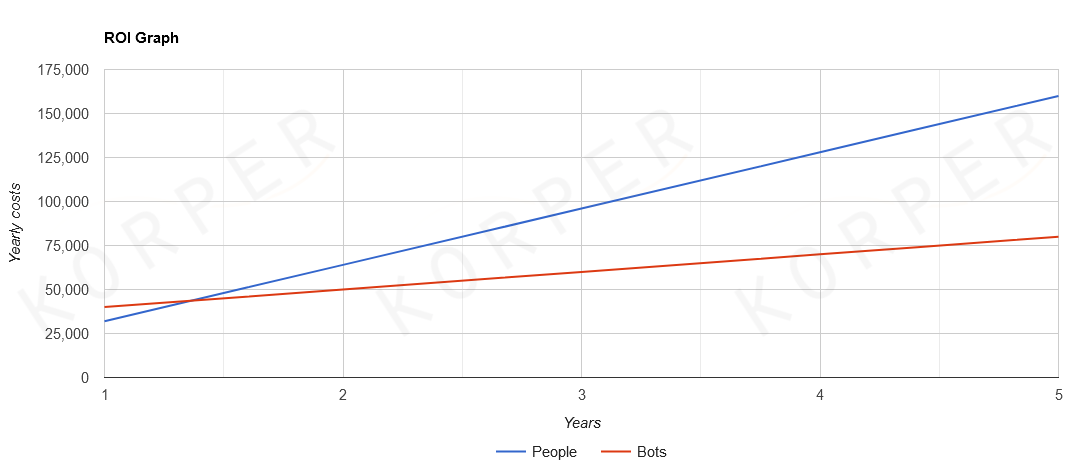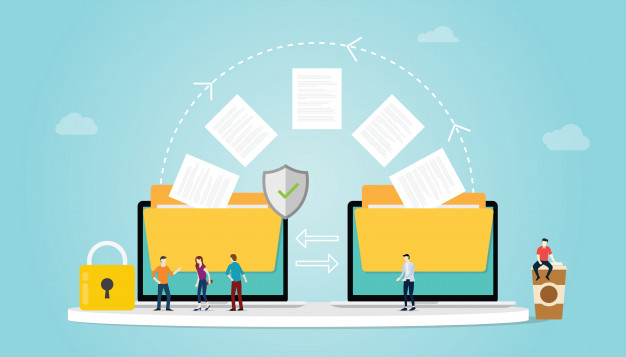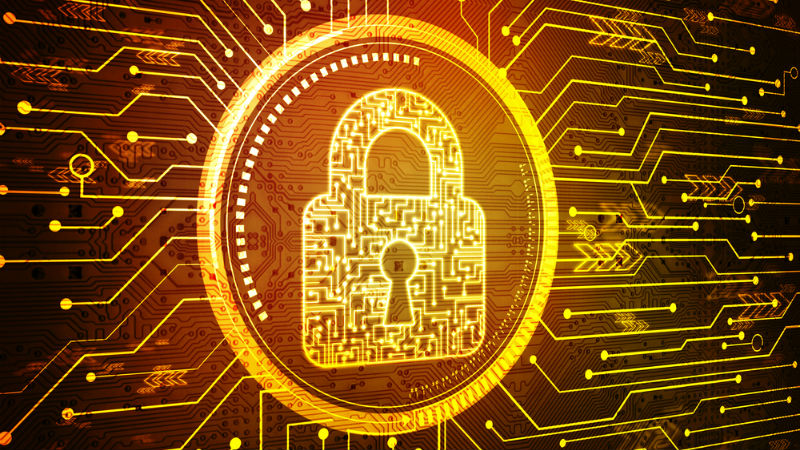Why?
Defending against today’s diverse threat landscape requires organizations to revise their cybersecurity practices. Among others, recent transformations towards remote and hybrid work models have amplified cybersecurity risks as companies struggle to preserve control and oversight.
Whether accidentally or maliciously, data leaks come at a tremendous cost in money,privacy, national security, and reputation. Traditional data security methods are rigorous but interrupt legitimate business activities by limiting necessary communication and unrightfully flagging certain actions as harmful or malicious. Data Loss Prevention (DLP) solutions, onthe other hand, provide a means to effectively protect an organization without diminishing system performance or preventing workers from doing their job.
What?
DLP detects, manages, and monitors sensitive data in an automated manner, eliminating the need for error-prone, manual processes. Moreover, DLP solutions’ flexible and modular nature accommodates the fact that data security requirements, existing infrastructures, and budgets widely differ across organizations. In short, DLP comprises the followings elements:
1) Discovery and classification: DLP intelligently recognizes and classifies sensitive or valuable data coming in and going out of the organization. Also, it can detect files
containing malicious content.
2) Restrict and encrypt: Security policies and regulations can be automatically applied by means of the classified data. Data can be redacted or encrypted allowing for privacy-preserving communication and preventing unauthorized sharing. In addition,
incoming threats or malicious content can be blocked or sanitized.
3) Monitor: Data usage is monitored to identify suspicious behavior, create compliance reports, and inform data policies.
How?
As aforementioned, DLP contains three main pillars.
The first is discovery and classification. This includes inspecting both structured and unstructured data and automatically identifying and classifying sensitive or valuable data. By means of regular expressions, fingerprinting, and dictionaries, content is assigned aninfotype, eg. email addresses or credit card numbers, and a likelihood score, representing the confidence with which a certain element is classified. Organizations are able to set a confidence threshold - to prevent unnecessary false positives - and they may define custom dictionaries or detection rules for company-specific data types. Context-based classification is leveraged to enhance the certainty levels of the classification and to classify more complex data types such as intellectual property.
The second pillar of DLP is data de-identification. DLP enables various transformation techniques for obscuring sensitive data such as redaction, masking, pseudonymization, tokenization, format-preserving encryption, and more. DLP’s adaptive redaction automatically applies the right transformation as per the rules set by the organization. Depending on the purpose, regulation, or destination, data can be removed from a document completely, tokenized such that it can still be used for analytics, or encrypted in a way that only authorized actors can re-identify it. Similarly, Secure File, Sharing in combincation with Data Rights Management policies enable certain actors to have more flexibility than others. For example, allowing a CEO to send sensitive data to the CFO, in which case the data is automatically encrypted to protect it while in motion, but blocking communication when an intern sends sensitive data to an unknown third party.
The third DLP pillar - monitoring and risk analysis - revolves around monitoring data movement and user behavior. The system is able to recognize patterns indicative of malicious or negligent users and detect risky behavior across files, apps, and endpoints.
Increased data visibility can also lead to insights that can inform and improve data security policies.
Get ready
DLP can harness organizations against increasing insider and outsider threats by detecting, de-identifying, and monitoring sensitive data. By means of the innovative techniques that are being used, DLP solutions are automated, flexible, and can be implemented in an iterative manner. Are you ready for next-generation data security for your organization?




